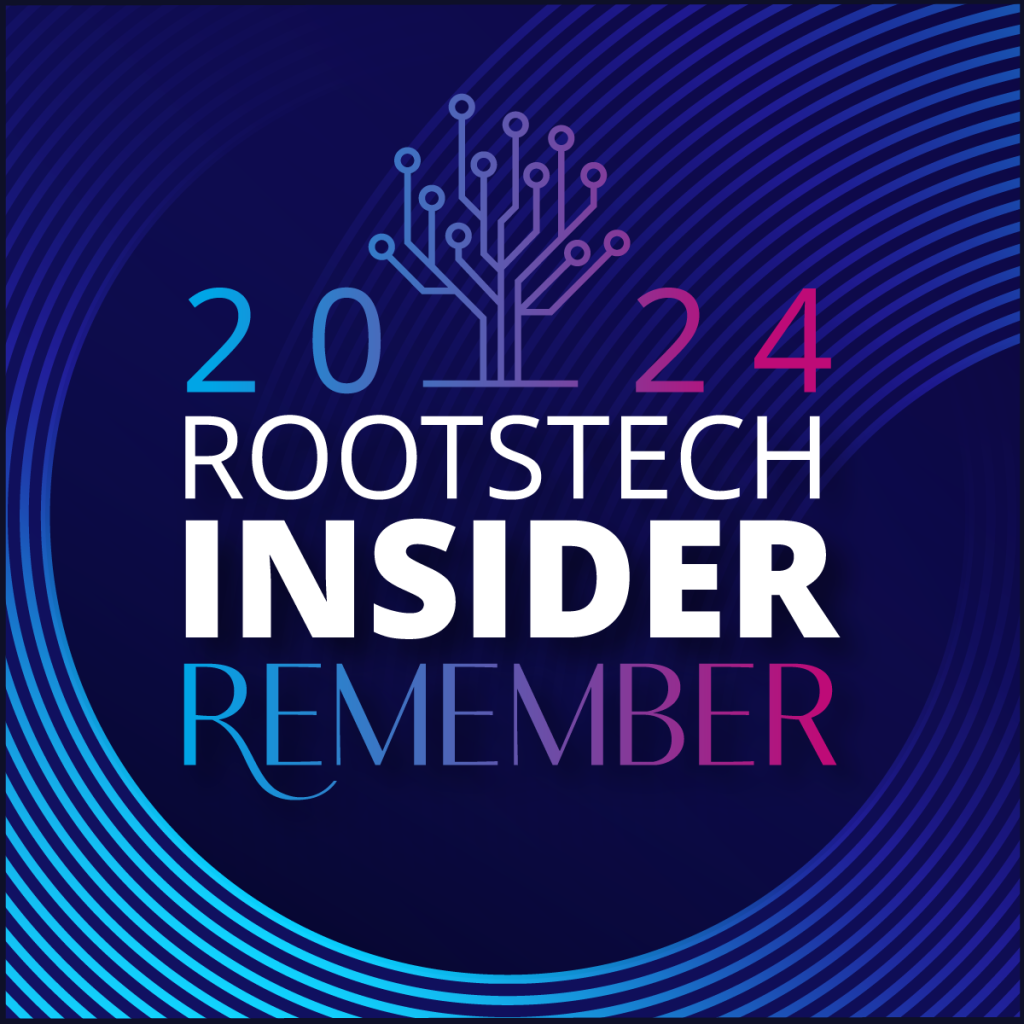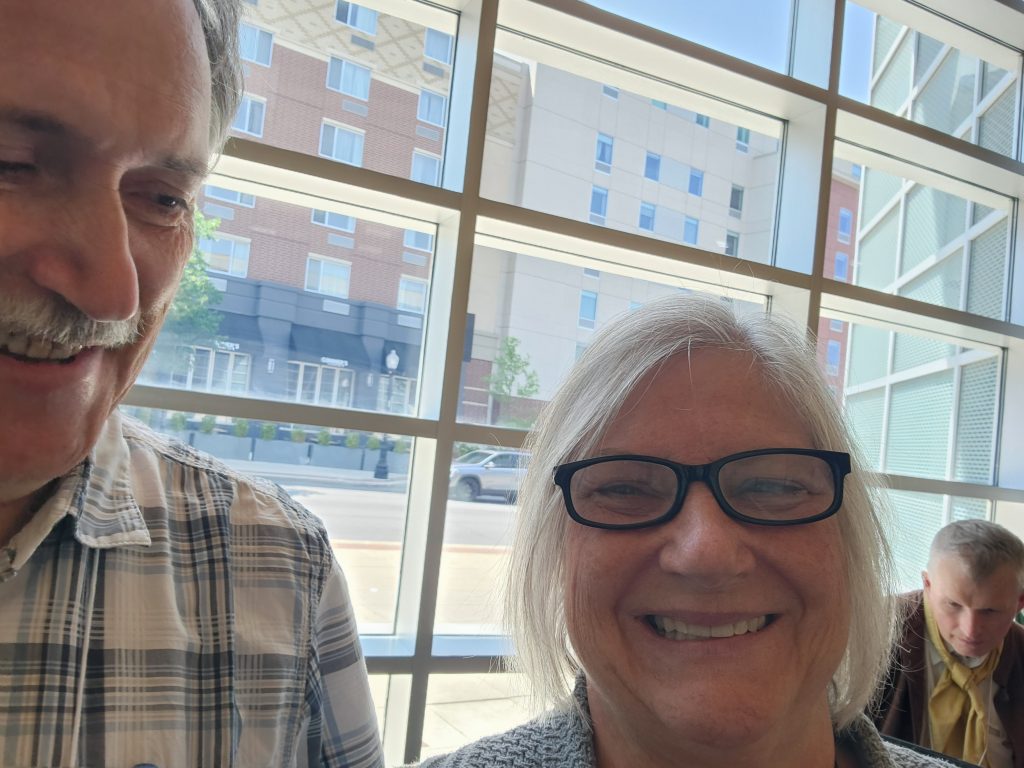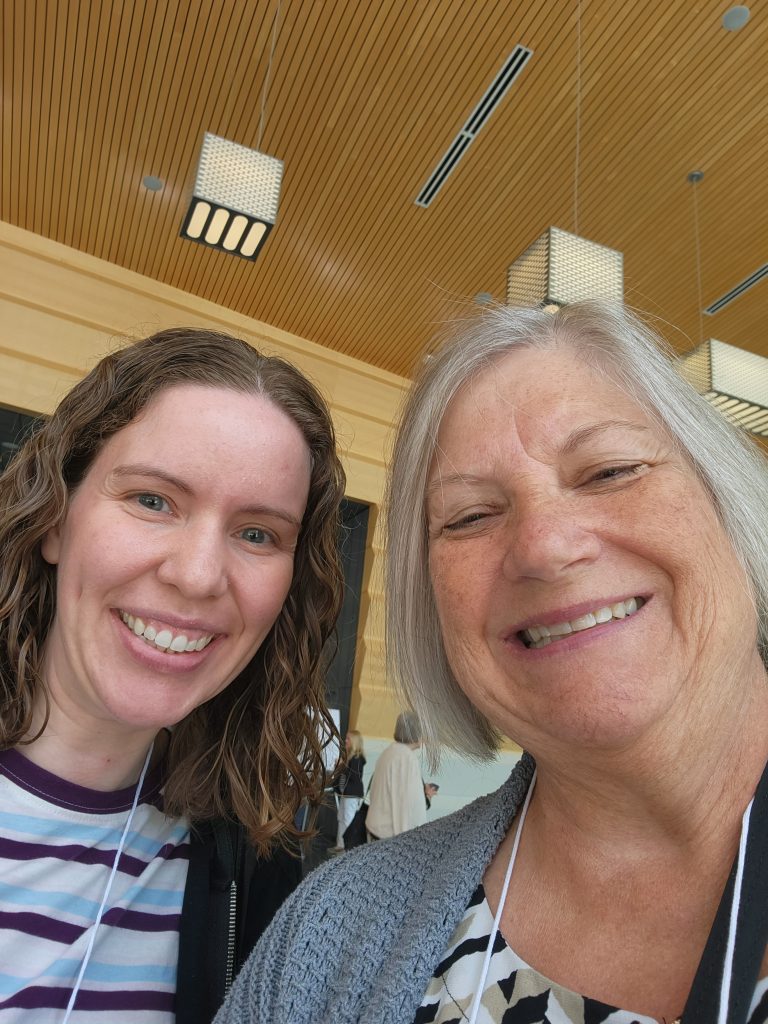
Do you have Hoosiers in your history? If so, you might want to participate in Indiana State Library’s passport program to commemorate its 200th anniversary. Click here to join. Yep, the system is 200 years young! I’m going to copy the info I received via email exactly so that you, too, can win prizes being offered and have quick and easy access to 170 main libraries and their branches throughout the state from a click on your cell phone:
“As the Indiana State Library prepares to celebrate its 200th anniversary this year, the Indiana Library Passport is offering new prizes and activities. A brand new limited-edition bicentennial celebration mug and a special year-end prize drawing are included in the offerings.
The Indiana Library Passport, a creative digital experience that encourages everyone to visit libraries across the Hoosier state, is open to Indiana residents and outside visitors alike and showcases nearly 170 main libraries and branches.
After users provide their name, email address and mobile phone number, a link will be sent to their mobile phone, which will add a button icon to their home screen. From there, users are free to begin visiting Hoosier libraries. Users access the passport to check in to a participating library using their phone’s location services. When a user checks in to a library, they earn points, which can be redeemed to claim prizes directly through the passport.
In addition to allowing users to earn redeemable points, the passport automatically enters each user into a quarterly prize drawing every time they check in to a library. Passport users are permitted to check in to each library or branch once per week.
In 2025, in addition to the regular quarterly prize drawings, a special year-end prize drawing will take place. Everyone who physically checks into the Indiana State Library – located at 315 W. Ohio St. in downtown Indianapolis – between Jan. 1, 2025 and Dec. 31, 2025, will be entered to win a copy of “Laying the Foundation,” a brand new book featuring collection highlights from the Indiana State Library. The book features 100 items from the library’s collection. Items in the book represent only a small fraction of the historic and culturally significant materials held by the Indiana State library. The book is also available for purchase for $20 in the Nook Gift Shop on the first floor of the State Library.
Those who cannot check into the Indiana State Library can still participate. Beginning in January, a special limited-edition bicentennial celebration mug will be available to claim with points earned by checking into libraries all across the state. Each check-in earns a user 100 points. The special mug can be claimed for 1,000 points, but supplies are very limited. Users may also still claim the standard Indiana Library Passport mug, at a different point value.
In 2025, a new batch of prizes will be available for passport users to win via quarterly drawing in addition to favorites, like tickets to tour various historical locations across the state, courtesy of Indiana Landmarks, and annual Indiana state park passes, courtesy of the Indiana DNR; and admission passes to the Indiana State Museum.
The Indiana Library Passport is also offering a new referral program. When a user refers a new user via the passport, they will earn 50 points which can be put toward earning one of the two mug prizes.
Click here to learn more about the Indiana Library Passport. Click here to see a list of past and present prize donors.
Libraries interested in joining the Indiana Library Passport – free of cost – should contact John Wekluk, communications director at the Indiana State Library.”









